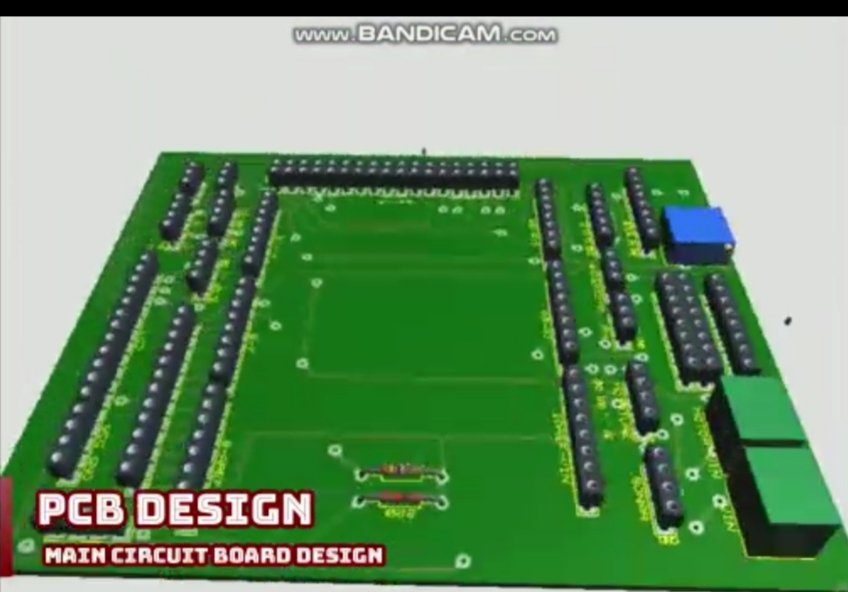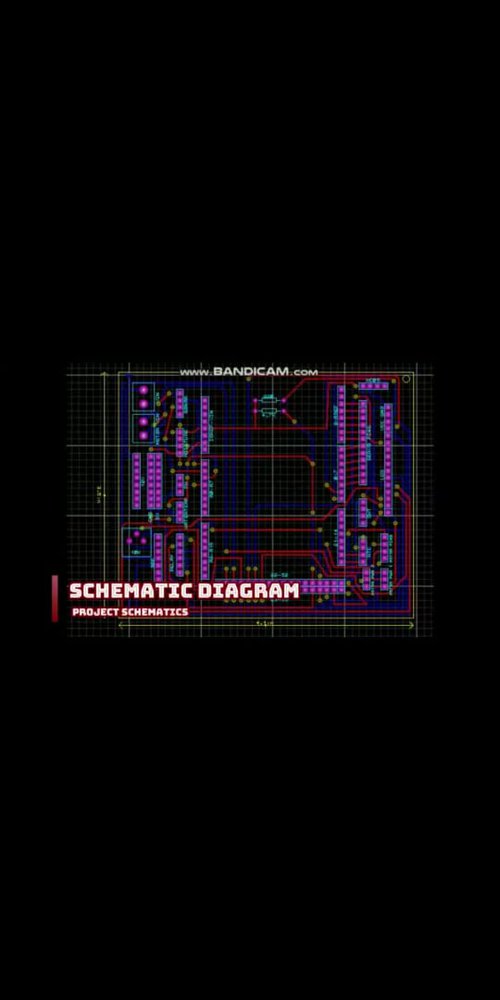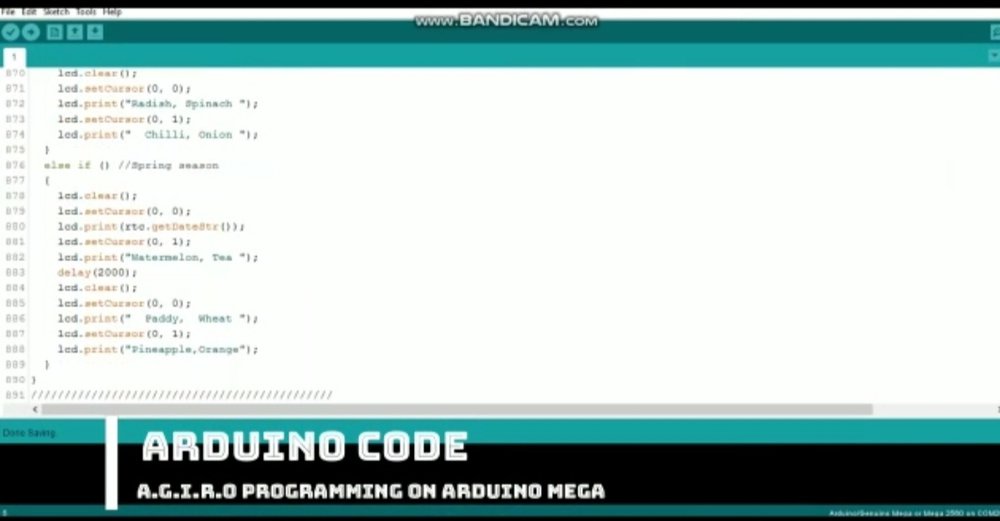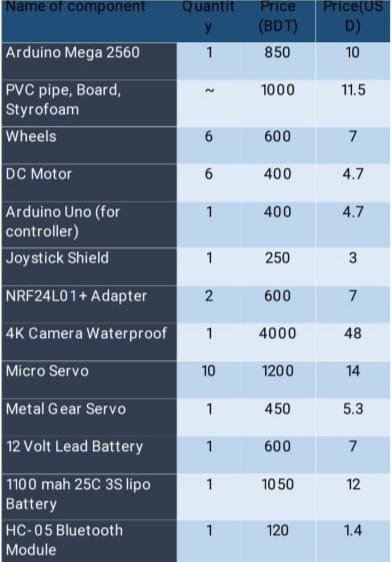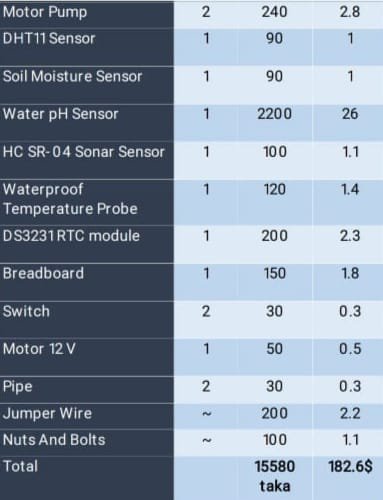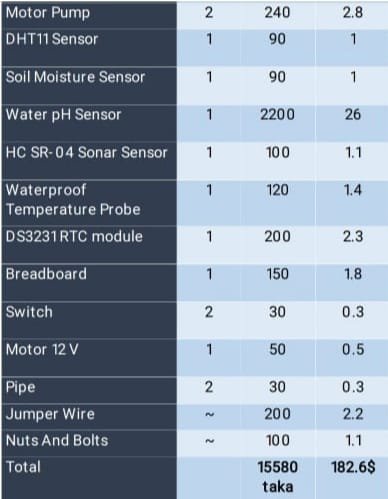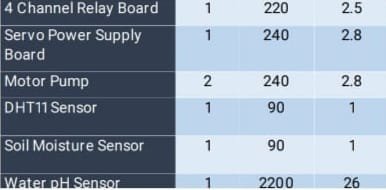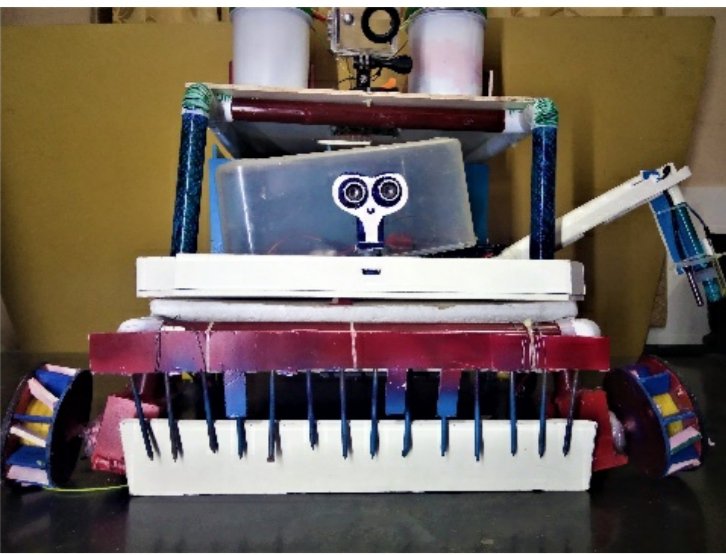
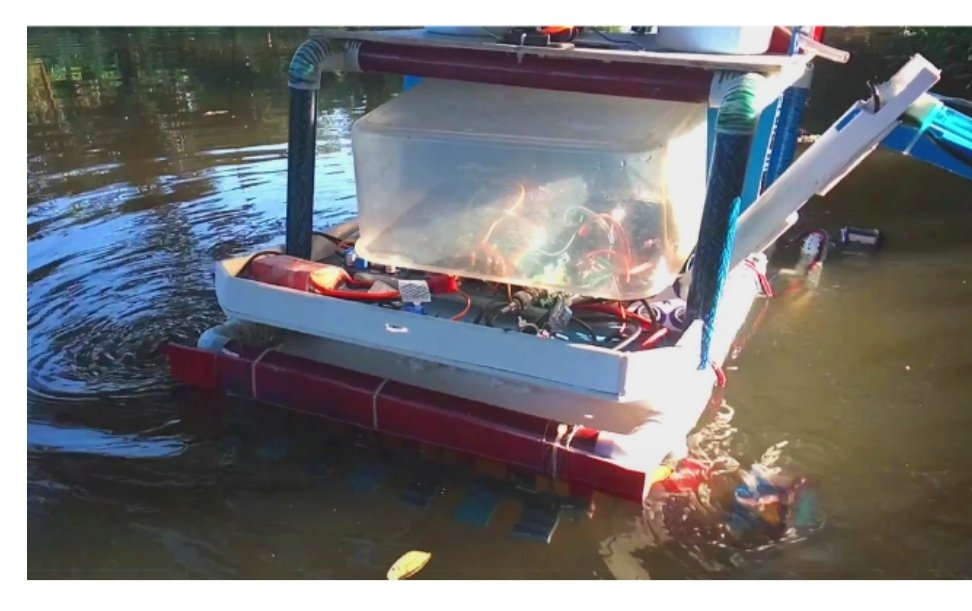
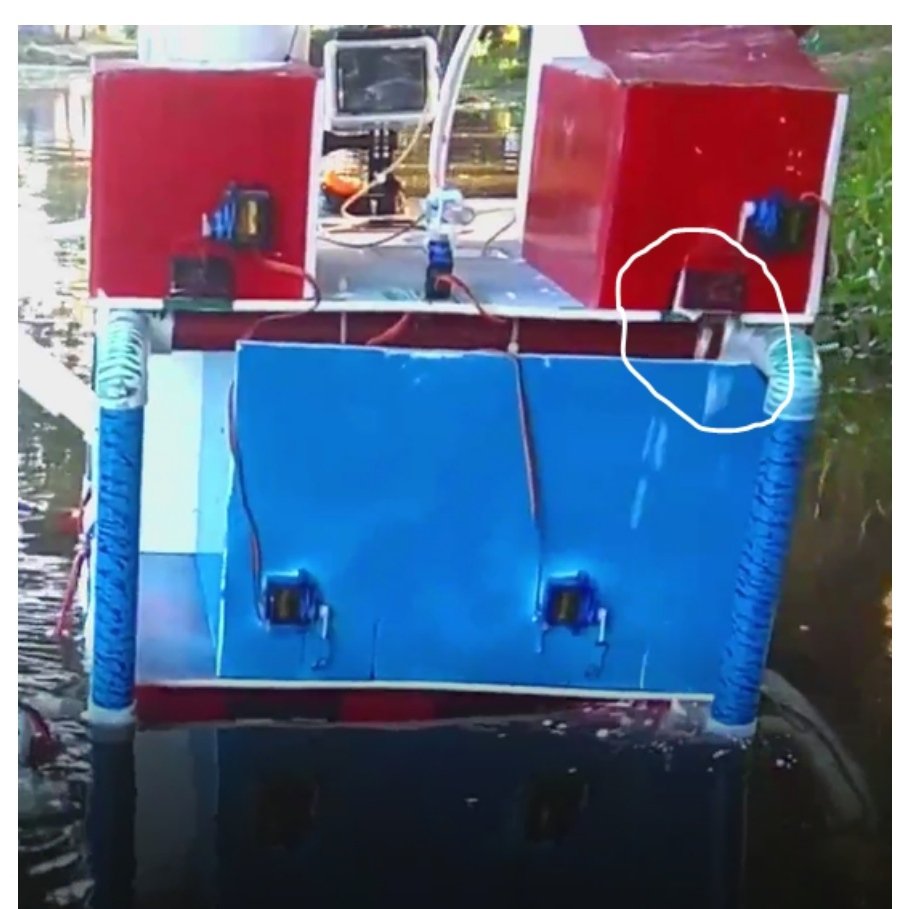
AGIRO - The Agriculture Robot
We have developed a robot. The Robot can be implemented on the sector of agriculture and agricultural related factors. The Robot is important because it’s execution is highly impactful from the traditional methods of farming and etc. in agriculture. The Robot can easily stake up the production rate and help the farmer gain more profits. The robot can also easily remove the toil and hardship a person usually faces in the traditional method of farming. It has various sensors to sense the environmental factors and calculate the best things to do for the farmer. The robot can also work anywhere at any time and work for about 5 hours at a stretch and finally it is not depended on weather. The activities it can execute include planting, weeding, fertilizing, pruning, spraying etc. It can even teach the farmer how to extract better production. As the robot can be controlled both automatically and manually, It’s movements are controlled by either a joystick or mobile phone and It's automatic mode enables the farmer to set the time period for the robot to do the assigned particular work and the robot does it automatically until the times end. The motor driver enables the robot to move. The robot has ultra-sonic solar sensor which enables it to detect if there is any obstacle at distance which is less than 20 centimeters and then it stops to move back. Then it looks right and left using the servo and sonar sensor 60 degrees in both directions and it takes decision calculating the larger distance. The robot uses the 4K water proof camera that can be used to monitor the crops in the field and under water monitoring. The system can also be used to create a detailed mapping of the field. Thus, the farmer gets 80% higher quality production rate using this feature. During automatic fish feeding this robot can distribute the food in specific quantity after certain distances in the water bodies. Then it creates a map of the water body and divides it into small parts or blocks. Then after going to each and every certain block it will let of a specific amount of food as determined by the farmer. As the robot can be controlled the production rate can boost up to a much higher level than the traditional method. We can minimize the hardship of a farmer by this robot.By Doubling up the production rate, we do not have to engage more people in the field and can maintain the health regulations of the covid-19 thus take our economy at its pinnacle. We can increase the economic condition of a country by this robot in this pandemic era.
FEATURES of the Robot:
1. Multi-Terrain Robot (Land + Water)
2. Two control modes (Automatic + Manual)
3. Obstacle detecting smart movement
4. On-land and Underwater wireless monitoring
5. Automatic fish feeding
6. Automatic poultry feeding
7. Automatic seed sowing
8. Automatic water pH test and pH balance
9. Automatic soil moisture test and irrigation
10. Fertilizer + Insecticide spray in the field
11. Season based Crop Advisor
12. Manual controlled Robotic Arm
13. Cleaning water surface garbage
14. Ploughing
Advantages of ROBOT
• Low cost, convenient for farmers
• Can move both in land and water
• Not weather dependent
• Decreases production time
• Decreases production cost
• Helps in field agriculture, FISH culture & livestock rearing at the same time
• Pollution free
• Feasible and Programmable
• Farmer-friendly language
• Takes all natural parameters and Calculates the perfect work
• Components can be disassembled and easily replaced
• Farmers can buy features according to his needs
• The robots are not getting sick or tired, and the time off is not needed.
• With higher speeds and closer tolerances, they can operate with fewer errors.
• They make fewer errors and operate at higher velocities and higher quality.
• The robots can reduce the use of pesticides by up to 80% of the farm.
• In different fields, robots are more efficient and can work around trees, rocks, ponds, and other obstacles easily.
• For technicians, the robots can create jobs that can fix the robots.
• The robots can deliver products of high quality and lower the cost of production.
• Robots gantry can function as both fertilizer and liquid sprays and, most importantly, as an automatic self-control system that meets weather conditions.
• They can be small in size, allowing to accumulate near-crop data and perform mechanical weeding, mowing, spraying, and fertilizing.
• Robotic cameras and sensors are capable of detecting weeds, identifying pests, parasites or diseases, and other stress. Usually, the sensors are selective and are only used to spray on the affected area.
• Robots provide an opportunity to replace human operators with a good return on investment by providing effective solutions.
Work:
1. Multi-Terrain Robot (Land + Water)
This robot can move on both land and water by using special types of wheels. It uses the law of buoyancy to float on the water using Styrofoam boards and pool noddle. The weight on the whole robot and the buoyancy force acting on the robot while in water ratio is measured and the boards are distributed accordingly. This feature is used to make the robot versatile on both land and water. When required it can be used in fish culture and on land when needed for field or poultry.
It uses a special type of amphibious wheel to move in water and land. It can move in both muddy and dry land. It has a speed controller to control the speed.
 Components used in this mechanism:
Components used in this mechanism:
1.  Wheels x 6
Wheels x 6
2. DC Motor x 6
3. Motor Driver L293D x 1

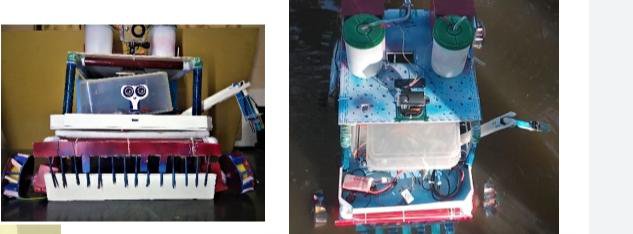

2. Two Control Modes (Automatic + Manual)
This robot can be controlled in both automatic and manual methods. Plus the robot controller is used to control the robot for long range control and Bluetooth is used for Short range. For Bluetooth we used the HC-05 Bluetooth module and for the long range transmission it uses NRF24L01 Transceiver module with 2.4GHz transmission power with a long range of 1100 meter radius.
 In Manual mode, the movement of the robot is controlled manually by the farmer using the Mobile phone or the Joystick controller. And in automatic mode the farmer sets the time period for the robot to do a particular work and the robot does that work automatically until the time ends.
In Manual mode, the movement of the robot is controlled manually by the farmer using the Mobile phone or the Joystick controller. And in automatic mode the farmer sets the time period for the robot to do a particular work and the robot does that work automatically until the time ends.
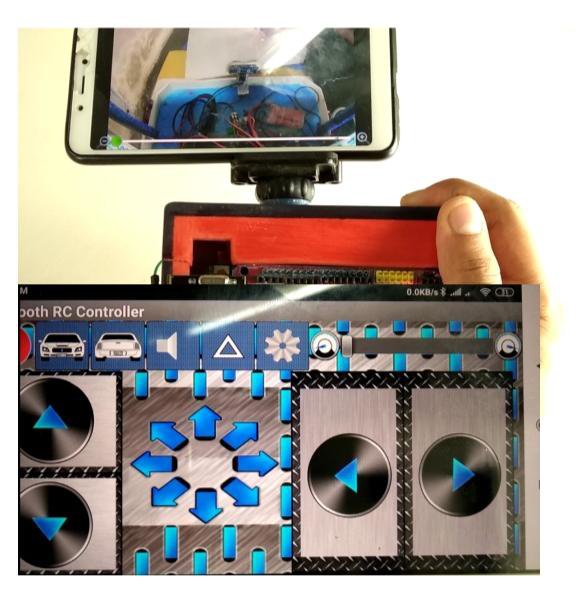
3. Acle Detecting Smart Movement
The obstacle avoidance movement is used for detecting obstacles and avoiding the collision. This is an autonomous robot. The design of this obstacle avoidance robot requires the integ Obst ration of many sensors according to their task. This uses an Ultrasonic sonar sensor to sense the distance using Sound waves. If the distance is less than 20cm then it stops and moves back a little bit. Then it looks right and left using the servo and sonar sensor 60 degrees in both directions. And then it takes decision calculating the larger distance.
This feature has been added keeping in mind that there can be a lot of obstacles in the field such as the cattles roaming, poles, bamboos, trees etc. And also in water bodies, there can be boats. Another use of this feature is that when it is in water it will stay in water and when it is in land it will stay in land unless the mode is changed.
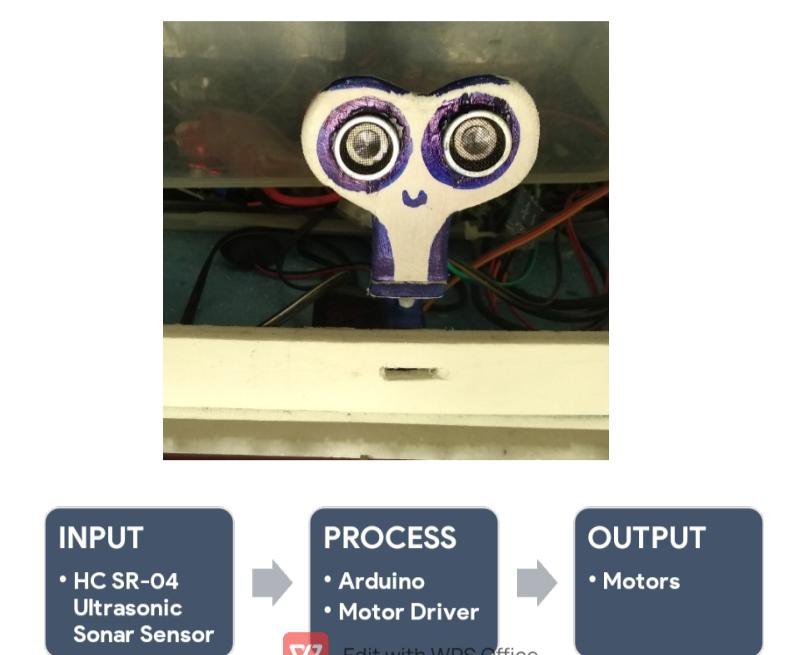
4. On-Land And Under-Water Wireless Monitoring:
Our robot uses a 4K waterproof camera that can be used to monitor the crops in the field and also do underwater monitoring. This system will provide very detailed observations as they would be able to get very much close to the crops. This can be used to monitor the diseases in crops and detect the disease and tell the farmer to take proper medication according to the disease. This system can also be used to create a detailed mapping of the field. Thus the farmer gets 80% higher quality production rate using this feature.
And in underwater, the camera has to be shifted manually, it can observe the water quality and also the conditions of the fish. The video can be live streamed and the farmer can observe his whole field just sitting in his home.
The Ez iCam App lets you control your camera remotely using a smartphone. Features include full camera control, live preview, photo playback and sharing of select content and more.
SOURCE -https://www.eken.com/Ez%20iCam , EKEN official website
https://www.eken.com/Ez%20iCam , EKEN official website
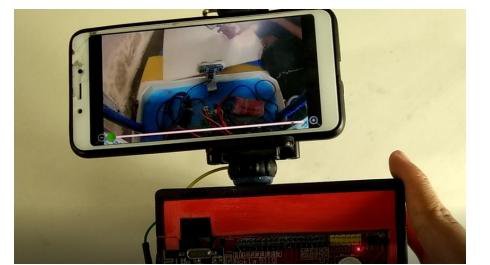
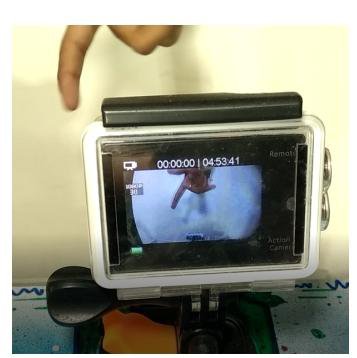
5. Automatic Fish Feeding
When the robot is in water it can feed the fishes. Well it can be used in large fish farms where normally it is tough for cultivators to deliver food to fishes. This robot can distribute the food in a specific quantity after certain distances in the water bodies. That is it creates a map of the water body and divides it into small parts or blocks. Then after going to each and every certain block it will let of a specific amount of food as determined by the farmer. Start out feeding one-half to one pound of pellets per surface acre of water, or however much the fish will eat in 5 to 10 minutes. (SOURCE - https://www.thepondguy.com/product/learning-center-pl-article-create-habitat , FAO.org/Fishery)
Here we have a condition to distribute the feeds that is the robot will check whether the temperature of the water is perfect for fish feeding. If it is perfect then it will deliver the food or else it will show warning message to the farmer that the temperature of water is too high. In this system we are using a container that contains the foods and a servo door. Certain delay periods have been used to determine the amount of feeds released.
The parts used in this system are:
1. Micro Servo x 1
2. Servo Driver x 1
3. Waterproof temperature probe x 1
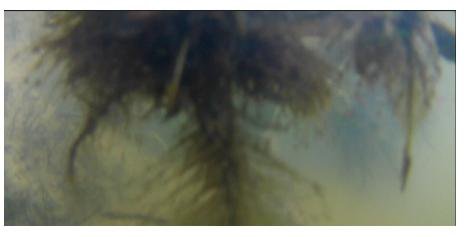

6. Automatic Poultry Feeding
In this system the robot will distribute the feeds to the poultry feeding trays in the poultry farm. It can precisely deliver the feed on the particular trays in a definite amount as set by the farmer. It creates a map of the trays placed in the poultry house and then distributes the feeds accordingly.
In this system we are using a container that contains the foods and a servo door. Certain delay periods have been used to determine the amount of feeds released. In per 2.5 meter area, 1.4-5 kg total daily food should be provided (feeder depth – 5 cm) for 100 chickens of 1-4 weeks age.
SOURCE - http://www.fao.org/3/y5169e/y5169e05.htm
The parts used in this system are:
1. Micro Servo x 1
2. Servo Driver x 1


7. Automatic Seed Sowing
Our robot has an automatic seed sowing mechanism which can be controlled to sow seeds in the field perfectly. Farmers need a lot of time and labor to sow seeds in the field for crop production. But using the robot the farmers can do this hard task very fast and easily. The seeds are sown very precisely. And that’s why it results in 60% better germination of the seeds.
 The seed sowing mechanism contains a container where all the seeds are contained and a wheel with washers that takes one seed at a time from the container and lets it out through the opening. The distance of sowing the seeds is determined by the farmer by increasing and decreasing the speed of the motor. Moreover there is also a seed leveler which helps to put the seeds inside the soil at the perfect depth so that the seedlings get proper nutrient from the soil.
The seed sowing mechanism contains a container where all the seeds are contained and a wheel with washers that takes one seed at a time from the container and lets it out through the opening. The distance of sowing the seeds is determined by the farmer by increasing and decreasing the speed of the motor. Moreover there is also a seed leveler which helps to put the seeds inside the soil at the perfect depth so that the seedlings get proper nutrient from the soil.
The parts used in this system are:
1. DC motor x 1
2. Relay Board x 1
3. Seed leveler x 1
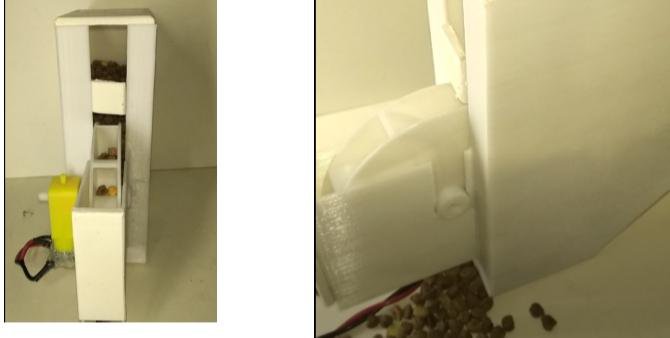
 8. Automatic Water pH Test And pH Balance
8. Automatic Water pH Test And pH Balance
As our robot is a fully autonomous agricultural robot, it has a pH value test and balance system. So when the robot is selected in pH mode, the robot gets down in the water and then measures the pH of the water using a pH sensor. Then if the pH is unbalanced, it balances the pH by adding Calcium Carbonate or Ammonium Sulfate as required.
Very high (greater than 9.5) or very low (less than 4.5) pH values are unsuitable for most aquatic organisms. Young fish and immature stages of aquatic insects are extremely sensitive to pH levels below 5 and may die at these low pH values. If the value of pH is less than 6 that is if the water is acidic then it releases the Calcium Carbonate. On the other hand if the water is basic meaning the pH to higher than 8, then it releases Ammonium Sulfate.
SOURCE-https://www.yokogawa.com/library/resources/application-notes/ph-in-fish-farming/
The parts used in this system are:
1. Servo Motor x 2
2. pH meter for Arduino x 1
3. 
 Servo driver x 1
Servo driver x 1

9. Automatic Soil Moisture Test And Irrigation
Irrigating crops will require a lot of water in the traditional method and it is considered to be not that efficient. Precision irrigation, which is assisted by our robot will decrease the water, which is wasted by targeting a few particular plants. This robot will navigate among the crop rows in an autonomous way and pour the water directly at the base of plant. The advantage of this robot is that they would be able to go into the areas where the other machine of agriculture can’t go.
This robot uses a soil moisture sensor with an actuator which comes down for soil test after certain distances and check the soil moisture. If the moisture is less and the soil needs irrigation than it automatically spreads the water in the soil until the soil is well-irrigated.

The parts used in this system are:
1. Soil moisture sensor x 1
2.  Servo motor x 2
Servo motor x 2
3. Water pump x 1
4. Relay board x 1
5. Servo board x 1

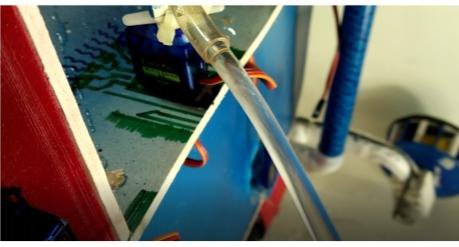
10. Fertilizer + Insecticide Spray In The Field
It is not efficient to spray pesticides and insecticides onto the agricultural fields as it will cause harm to the environment. Our robot will help in this situation by providing efficient methods. Our robot follows the micro-spraying method which is very efficient and we used to decrease the amount of herbicide in the growing crops. Our robot can spray fertilizer, insecticide and pesticide in the perfect amount to the plants in every part of the field. This will reduce pollution by 60% and also make

11. Season based Crop Advisor
AGIRO can process the time of the year and analyze what type of crops is good for cultivation at this season of that particular weather. It has wide range of data in its storage and it outputs the selected and processed data on the lcd screen based on the ds3231 rtc module.
The parts used in this system are:
1. DS3231 RTC Module x 1
2. LCD 16*2 x 1
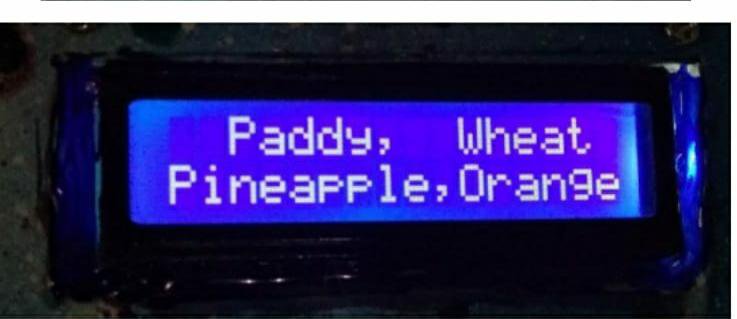
















 8. Automatic Water pH Test And pH Balance
8. Automatic Water pH Test And pH Balance






